In the central part of Japan, in the Chubu and Hokuriku regions, there is a sightseeing route called "Shoryudo (Dragon Route)". It is an area where the charm of traveling in Japan is condensed, with world-famous tourist spots such as the Tateyama Kurobe Alpine Route, Mount Fuji, and Shirakawa-go scattered around.
In this article, we introduce everything from the basic information about Shoryudo, to must-see tourist spots, and useful transportation passes for touring around. If you're planning to visit the Chubu and Hokuriku regions, be sure to read to the end!
※All information featured in this article is as of March 2024. Please check the official websites for the latest information
※If you purchase or reserve products introduced in the article, a portion of the sales may be returned to FUN! JAPAN
Basic Information about Japan's Chubu & Hokuriku Regions' "Shoryudo" from the Map
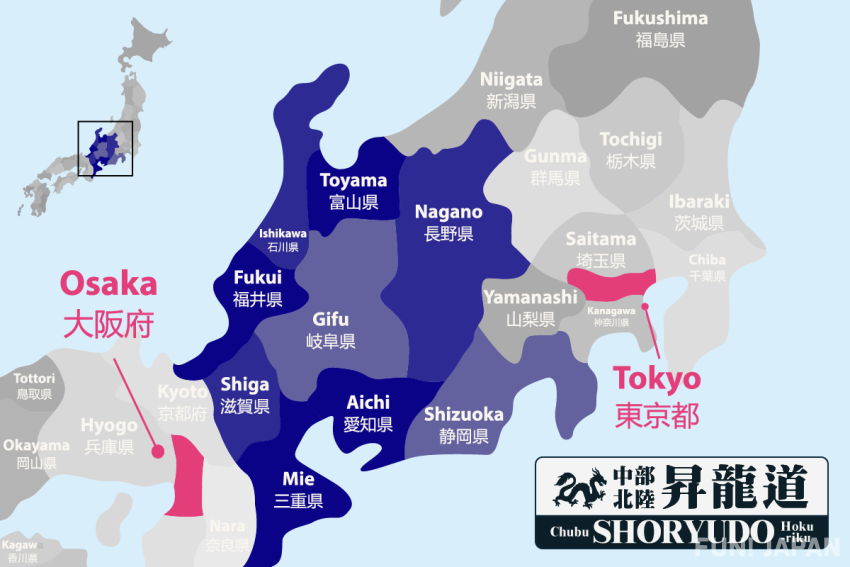
"Shoryudo" is composed of nine prefectures in the Chubu and Hokuriku regions, including Aichi, Shizuoka, Gifu, Toyama, Ishikawa, Fukui, Shiga, Nagano, and Mie. Looking at the map, the shapes of the Ishikawa Noto Peninsula and Mie Ise-Shima resemble the head and tail of a dragon, respectively, and it was named after the image of a dragon ascending into the sky. Of course, you can enjoy a variety of tourist resources such as Japanese-style hot springs, historical sites, and food ingredients, as well as the changing of the four seasons throughout the year, with cherry blossoms in spring and autumn leaves in fall.
Located between the metropolitan area, including Tokyo, and the Kansai region, centered around Osaka and Kyoto, it is easily accessible from the two major metropolitan areas by JR Shinkansen or expressway buses.
Summary of transportation methods to "Shoryudo" from outside & within Japan

Since the Shoryudo extends over a wide area, many people may be unsure about which prefecture to start their journey from. Depending on whether you are departing from outside Japan or from within Japan, the recommended gateway will change, so be sure to check the optimal route when planning your trip.
It's convenient to use Aichi - Chubu Centrair International Airport when traveling to Shoryudo from overseas
From Hong Kong International Airport, Hong Kong Airlines, Cathay Pacific Airways, and Hong Kong Express operate direct flights to Chubu Centrair International Airport (NGO) in Aichi almost every day. When touring the Chubu and Hokuriku regions, it is convenient to choose Aichi as your base. (As of March 2024)
From Taoyuan International Airport in Taipei, several airlines operate international flights to airports in the Chubu and Hokuriku regions. Depending on your travel plans, you can choose the nearest airport from Aichi's Chubu Centrair International Airport (NGO), Toyama's Toyama Kitokito Airport (TOY), or Ishikawa's Komatsu Airport (KMQ) to your destination, allowing for a relatively flexible itinerary.
| Aichi | Toyama | Ishikawa | |
| Airport | Chubu Centrair International Airport (NGO) | Toyama Kitokito Airport (TOY) | Komatsu Airport (KMQ) |
| Regular Flight Routes | Peach, China Airlines, Tigerair Taiwan, etc., The number of flights operated varies by airline | None *China Airlines currently operates only charter and temporary flights | EVA Air operates one round trip daily Tigerair Taiwan operates two round trips weekly |
In addition, Tigerair Taiwan and Batik Air Malaysia operate routes connecting Chubu Centrair International Airport from Kaohsiung and Kaohsiung International Airport. (As of March 2024)
In the case of Bangkok Suvarnabhumi International Airport, Thai Airways operates a direct flight to Aichi・Chubu Centrair International Airport (NGO) almost every day. When touring the Chubu and Hokuriku regions, it is convenient to choose Aichi as your base for travel. (As of March 2024)
From Kuala Lumpur International Airport, Batik Air Malaysia arrives at Chubu Centrair International Airport (NGO) in Aichi via Taipei (Tuesdays, Thursdays, Saturdays) or Kaohsiung (Sundays, Wednesdays, Fridays). When touring the Chubu and Hokuriku regions, it is convenient to choose Aichi as your base. (As of March 2024)
From Noi Bai International Airport in Hanoi, both Vietnam Airlines and VietJet Air operate direct flights to Chubu Centrair International Airport (NGO) in Aichi. In addition, there are also five weekly round-trip flights (excluding Tuesdays and Fridays) from Tan Son Nhat International Airport in Ho Chi Minh City. When touring the Chubu and Hokuriku regions, it is convenient to choose Aichi as your base. (As of March 2024)
For travel to Shoryudo from within Japan, it is convenient to use the JR Shinkansen or expressway buses
Tokyo and Osaka are typically connected to the Chubu and Hokuriku regions by the JR Shinkansen and expressway buses.
The JR Tokaido Shinkansen can take you comfortably and quickly to major stations such as Nagoya and Shizuoka, but depending on your destination, you may need to transfer multiple times.
On the other hand, the feature of expressway buses is that they can directly access major railway stations and tourist spots in each prefecture while keeping travel expenses low, despite the long travel time.
JR Tokaido Shinkansen | Highway Bus | |
| Example of Stops | Gifu-Hashima Station, Nagoya Station, Shizuoka Station, etc. | Gifu Station, Nagoya Station, Kanazawa Station, etc. |
| Travel Time | Standard Fare | 【Tokyo Station to Nagoya Station】 【Shin-Osaka Station to Nagoya Station】 ※ This is the shortest required time when using "Nozomi" | 【From Tokyo to Nagoya】 【From Osaka to Nagoya】 |
※ The above fees are all for using during the regular season. During the off-peak season, there is a 200 yen discount, during the busy season there is an additional 200 yen, and during the busiest season there is an additional 400 yen.
If you're traveling within the area, it's convenient to use local trains and buses. However, there are many areas where long-distance transportation is not available, and you may need to transfer between multiple bus routes for detailed travel. If you value the freedom of your trip, it's also recommended to rent a car from rental car shops located around Chubu Centrair International Airport and major stations.
- Let's go to Osaka from Tokyo Station by Tokaido Shinkansen! A must-see for those who want to tour Tokyo and Osaka at once
- 【kkday】Japan JR PASS|All Japan Rail Pass|Delivery to multiple countries
- 【klook】JR Pass All Japan Rail Pass
Decide your journey on the "SHORYUDO (Dragon Route)"! A summary map of tourist spots by purpose
There are countless tourist spots and activities in Shoryudo, and it's a fact that you can't fully explore them all in one trip.
Among the various sightseeing courses, here are three classic spots divided into themes. Please refer to them when planning your trip!
1. Mt. Fuji × Shirakawa-go × Tojinbo. A classic course around the superb views of the Chubu and Hokuriku regions
If you're visiting the Chubu and Hokuriku regions for the first time, you'll definitely want to see the iconic views. Starting with Shizuoka's Mt. Fuji, which symbolizes Japan, there are superb views such as Gifu's Shirakawa-go, which is registered as a World Heritage Site, and Fukui's Tojinbo, where cliffs create a stunning landscape. Let's engrave these views, which can only be seen in Japan, in our memories.
【Gifu Prefecture】Shirakawa-go・Gokayama
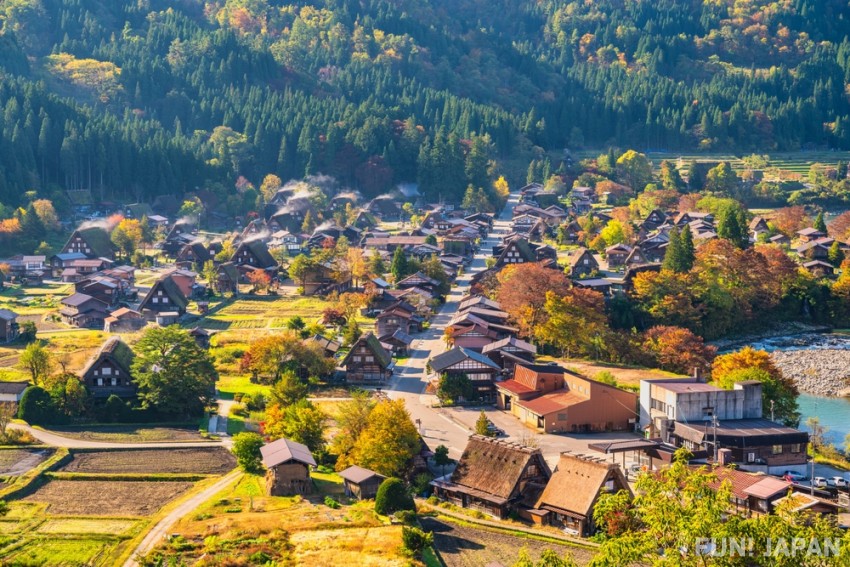
Located in "Shirakawa-go and Gokayama", which are registered as UNESCO World Heritage Sites (Cultural Heritage), there are over 100 large and small gassho-style houses. The magnificent nature of each season is a sight to behold, especially the colorful mountains in autumn and the silver-white landscape in winter.
- Address: Shirakawa Village, Ono District, Gifu Prefecture
- Official Website: https://shirakawa-go.gr.jp/
- Top attractions not to miss in Shirakawa-go
- Late-blooming cherry blossom spots that are perfect for SNS in both Shirakawa-go and Nagoya!
- 【kkday】Find activities in Gifu
- 【klook】Find activities in Gifu
【Shizuoka Prefecture】Mount Fuji
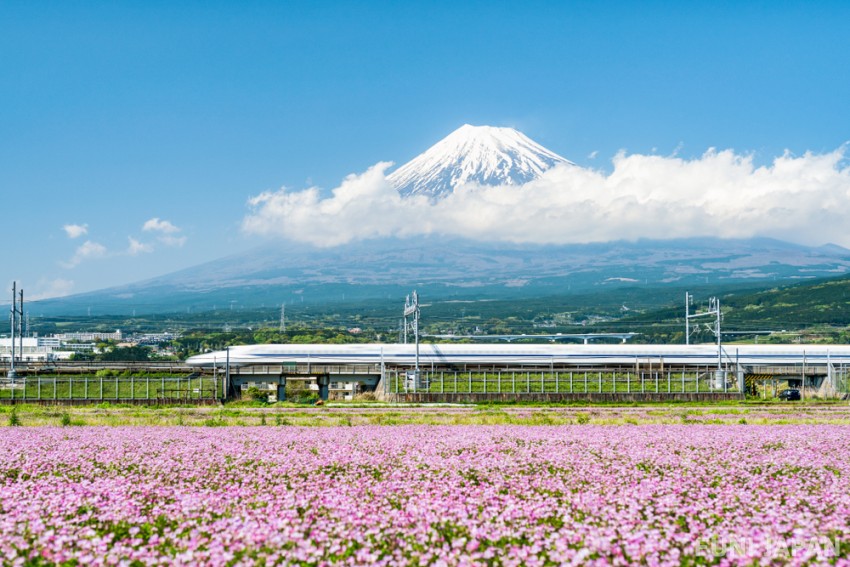
With an altitude of about 3,776m, "Mount Fuji" is the highest mountain in Japan. It is registered as a World Cultural Heritage site along with the surrounding shrines and lakes, and its changing appearance with each season is truly a magnificent view. In the prefecture, there are also view spots such as Miho no Matsubara and Nihondaira, so try to find your favorite view.
- Address: Shizuoka Prefecture ~ Yamanashi Prefecture
- Official Website: https://www.fujisan-climb.jp/
- 【Around Mount Fuji】3 Recommended Accommodations in Yamanaka Lake and Kawaguchi Lake where Families and Large Groups can Stay
- 7 Tours in Hakone, Yamanashi, and Fuji Five Lakes where you can see Mount Fuji. What are the popular activities, such as flower field viewing?
- 【kkday】Find activities in Mount Fuji
- 【klook】Find activities in Mount Fuji
【Fukui Prefecture】Tojinbo
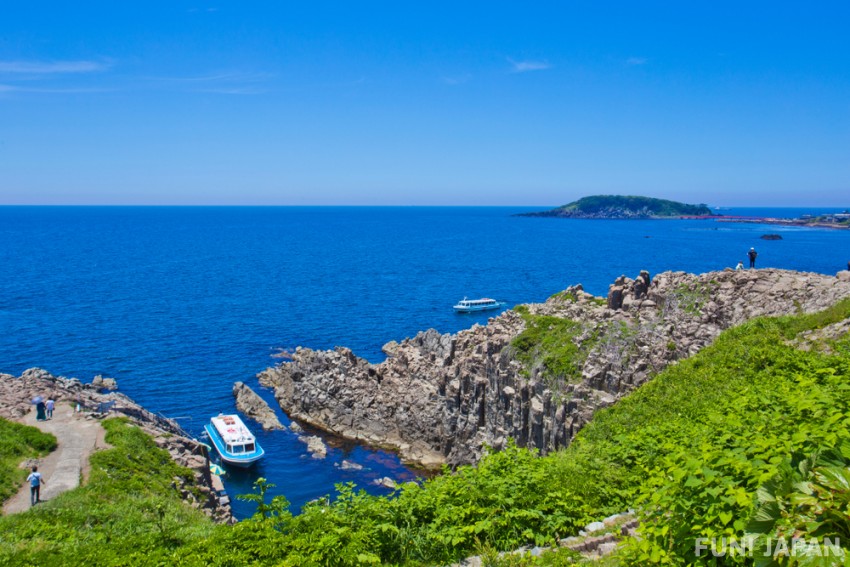
Stretching along the coastline for about 1km, the "Tojinbo" is a series of towering columnar rock cliffs. It is one of the "Three Great Columnar Jointed Cliffs in the World". Take a sightseeing boat and look up at the powerful rock walls and strange rocks in the area from between the cliffs.
- Address: Mikuni-cho, Sakai City, Fukui Prefecture
- Fukui Prefecture's Terrifying and Amazing Tojinbo Cliffs
- Fukui Prefecture's "Echizen Crab" is a must-eat for seafood lovers! 3 recommended tourist spots where you can eat crab dishes
- 【kkday】Japan Fukui Day Tour from Kanazawa Station: Tojinbo, Maruoka Castle & Eiheiji
2. Family-friendly theme parks & museums. An outing course that can be enjoyed by all generations
In the Chubu and Hokuriku regions, there are popular theme parks and a wealth of museums. For example, in Aichi, there is the Ghibli Park where you can immerse yourself in the world of Ghibli, and the Legoland® Japan Resort, which is expressed in colorful Lego blocks. In Fukui, there are tourist spots where you can meet dinosaurs, including the Fukui Prefectural Dinosaur Museum. It's sure to captivate everyone from children to adults!
【Aichi Prefecture】Ghibli Park
A park facility filled with the world of Studio Ghibli. You can experience the world of each work, such as becoming Chihiro from "Spirited Away" and riding a train with No-Face, or entering the "Satsuki and Mei's House" that appears in "My Neighbor Totoro". In the new area "Witch's Valley" opening in March 2024, you can tour "Howl's Castle".
- Address: 1533-1 Ibaragaiwa Otsu, Nagakute City, Aichi Prefecture
- Official Website: https://ghibli-park.jp/
- A full view of each area of the popular tourist spot "Ghibli Park" in Aichi Prefecture!
- 【kkday】【Nagoya Ghibli Park Transfer】Japan|Nagoya City Hotel⮂Ghibli Park Ghibli Park
- 【klook】Ghibli Park One Day Tour (Departing from Nagoya)
【Aichi Prefecture】LEGOLAND® Japan Resort
A colorful world expressed in Lego blocks, this kids' theme park is made up of eight areas. The attractions range from those that babies can enjoy to those full of thrill. In addition to restaurants where you can eat Lego food and workshops where you can learn while having fun, there is also the only hotel in Japan where the world of Lego blocks spreads out!
- Address: 2-2-1 Kinjo Futo, Minato-ku, Nagoya, Aichi Prefecture
- Official Website: https://www.legoland.jp/
- 【klook】Legoland Japan Admission Ticket (Nagoya)
【Fukui Prefecture】Fukui Prefectural Dinosaur Museum
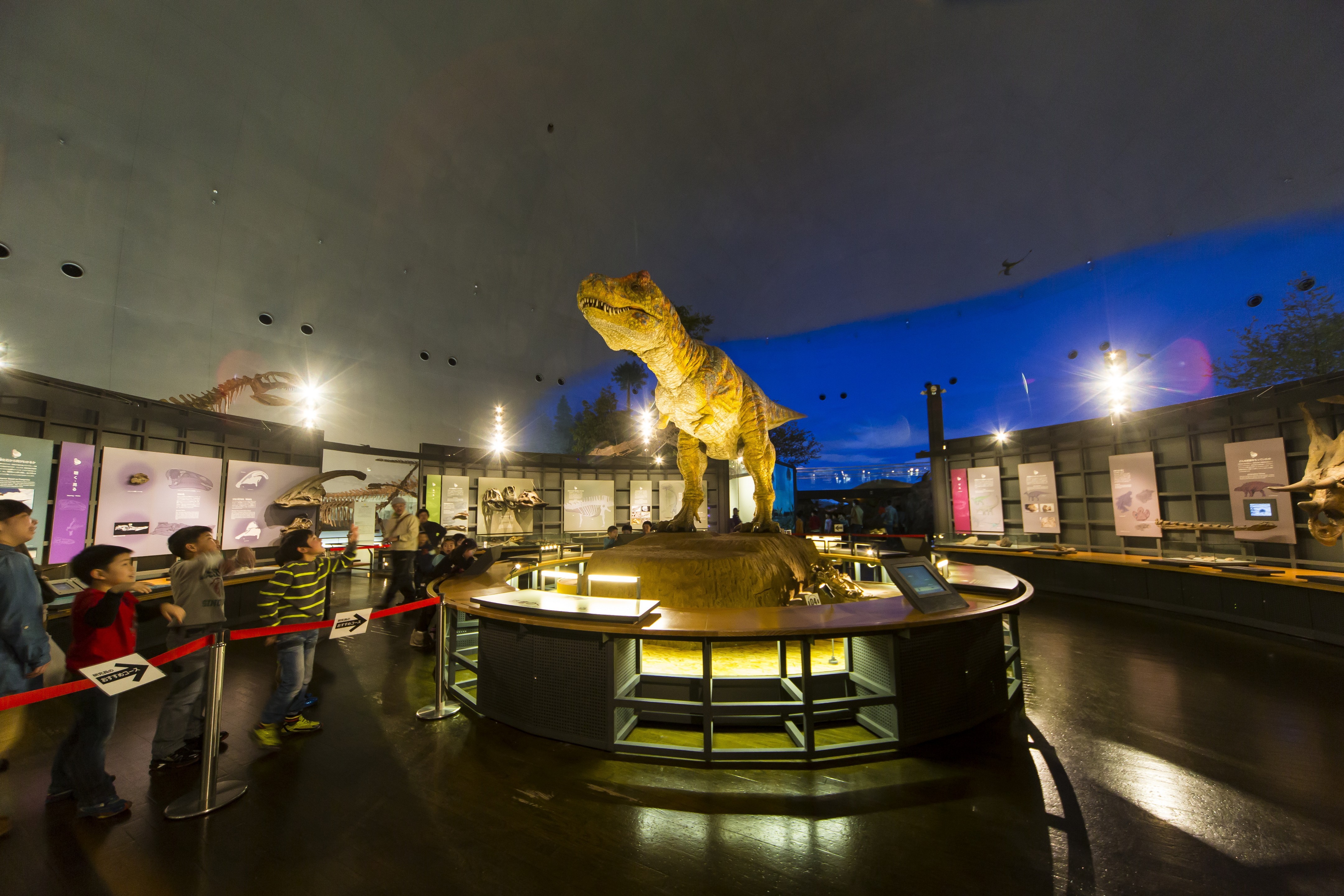
This museum displays 50 full-body dinosaur skeletons, fossils, and restoration models. It features a life-sized diorama that recreates the scenery of the Mesozoic era and a three-sided giant screen that shows life-sized dinosaurs moving around (only during periods without special exhibitions). You can also experience fossil excavation at the dinosaur fossil excavation site, which can only be reached by a dedicated bus tour.
- Address: 51-11 Terazo, Muraoka-cho, Katsuyama-shi, Fukui Prefecture, inside Katsuyama Dinosaur Forest
- Official Website: https://www.dinosaur.pref.fukui.jp/
- Fukui Prefectural Dinosaur Museum, the Adventurous Facility in Fukui!
- The charm of tourism in Fukui Prefecture, Japan⁉ Recommended spots, gourmet, and ways to enjoy
- 【kkday】Find activities in Fukui
- 【klook】Fun Fukui Pass
3. Experience the luxury of Japan's four seasons: autumn leaves in fall and snow in winter!
In the Chubu and Hokuriku regions, there are many spots blessed with nature where you can feel the four seasons. Experience the beauty of Japan's four seasons at places like the Tateyama Kurobe Alpine Route, known for its "Snow Walls", Kenrokuen Garden with its beautiful flowers and plants for each season, and Jigokudani Monkey Park where you can observe monkeys bathing in hot springs.
【Toyama Prefecture】Tateyama Kurobe Alpine Route
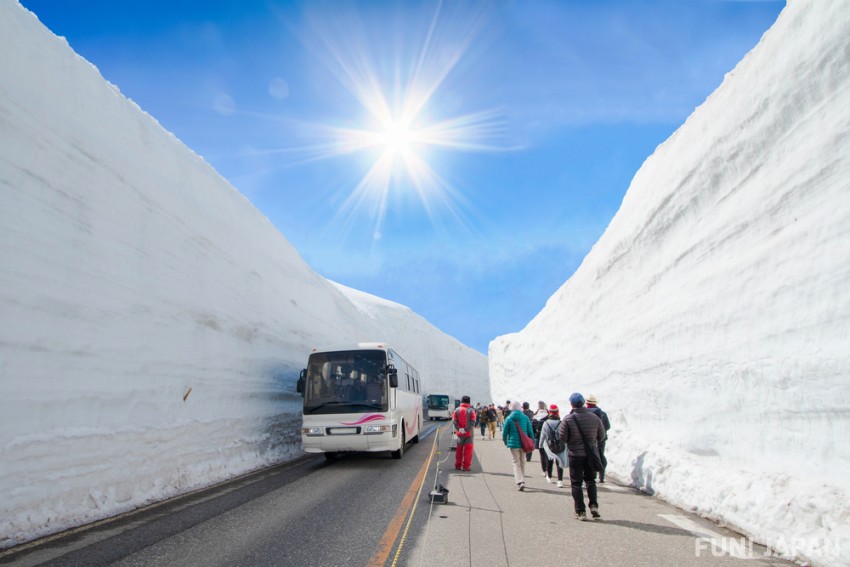
A mountainous sightseeing route with a maximum elevation difference of 1,975m, lined with peaks of around 3,000m. It is packed with spectacular spots such as the "Snow Valley" which can exceed 20m in height, the Kurobe Dam which boasts the highest height in Japan, and the Daikanbo which overlooks the Northern Alps.
- Address: 【Tateyama Station, Toyama Regional Railway】2 Senjugahara, Tateyama Town, Nakaniikawa County, Toyama Prefecture
- Official Website: https://www.alpen-route.com/index.php
- 【kkday】Search for activities in Toyama
【Ishikawa Prefecture】Kenrokuen
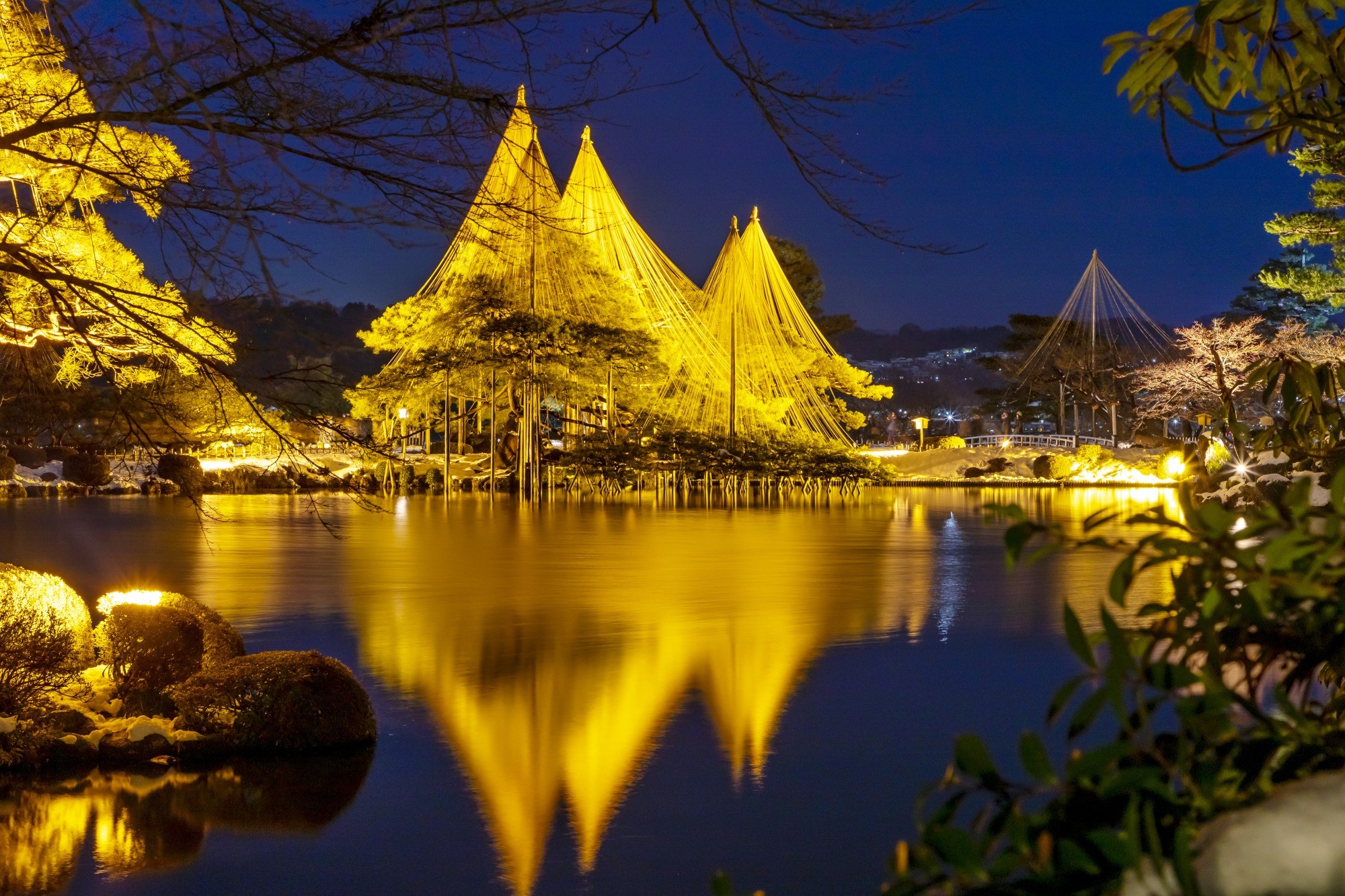
One of Japan's three most famous gardens, "Kenrokuen Garden" is a stroll garden with ponds and artificial hills. During event light-ups, the garden is transformed into a fantastical space with cherry blossoms, seasonal flowers, plants, and snow. We also recommend touring the tea houses where you can enjoy matcha and local cuisine while strolling.
- Address: 1-1 Marunouchi, Kanazawa City, Ishikawa Prefecture
- Official Website: https://www.pref.ishikawa.jp/siro-niwa/kenrokuen/
- Come and see the beautiful Japanese garden “Kenrokuen garden” in Kanazawa Japan
- 【kkday】Find activities in Ishikawa
【Nagano Prefecture】Jigokudani Monkey Park
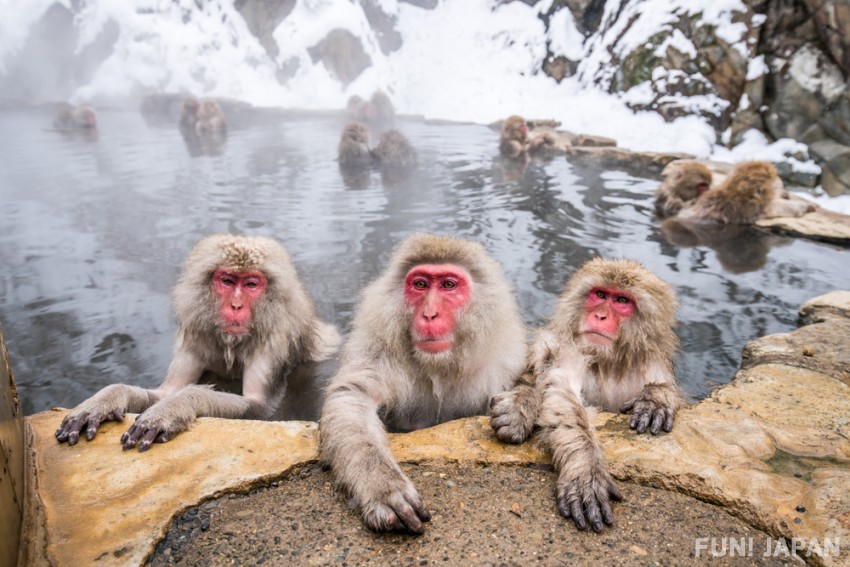
A spot where you can meet wild Japanese monkeys bathing in hot springs in winter. They are also called snow monkeys because of their happy expressions while soaking in the hot springs in the snow. In the warm seasons from spring to autumn, you can observe them giving birth and raising their young.
- Address: 6845 Oaza Heiwa, Yamanouchi-machi, Shimotakai-gun, Nagano Prefecture
- Official Website: https://jigokudani-yaenkoen.co.jp/
- About 1.5 hours from Tokyo by Shinkansen! A day trip model course to visit tourist spots in Karuizawa, Nagano Prefecture
- Which Hot Spring to Visit in Nagano Prefecture? Check this List!
- 【kkday】Search for activities in Nagano
- 【klook】Search for activities in Nagano
A convenient round-trip pass you'll want to buy when touring the "Shoryudo"
If you're planning to explore multiple areas of Shoryudo, the 'Takayama-Hokuriku Area Tourist Pass' is a great deal! With this pass, you can get on and off at any station within the designated area as many times as you like during its validity period. Plus, you can freely choose your route within the area, giving you more flexibility in your travels.
Takayama-Hokuriku Area Tourist Pass
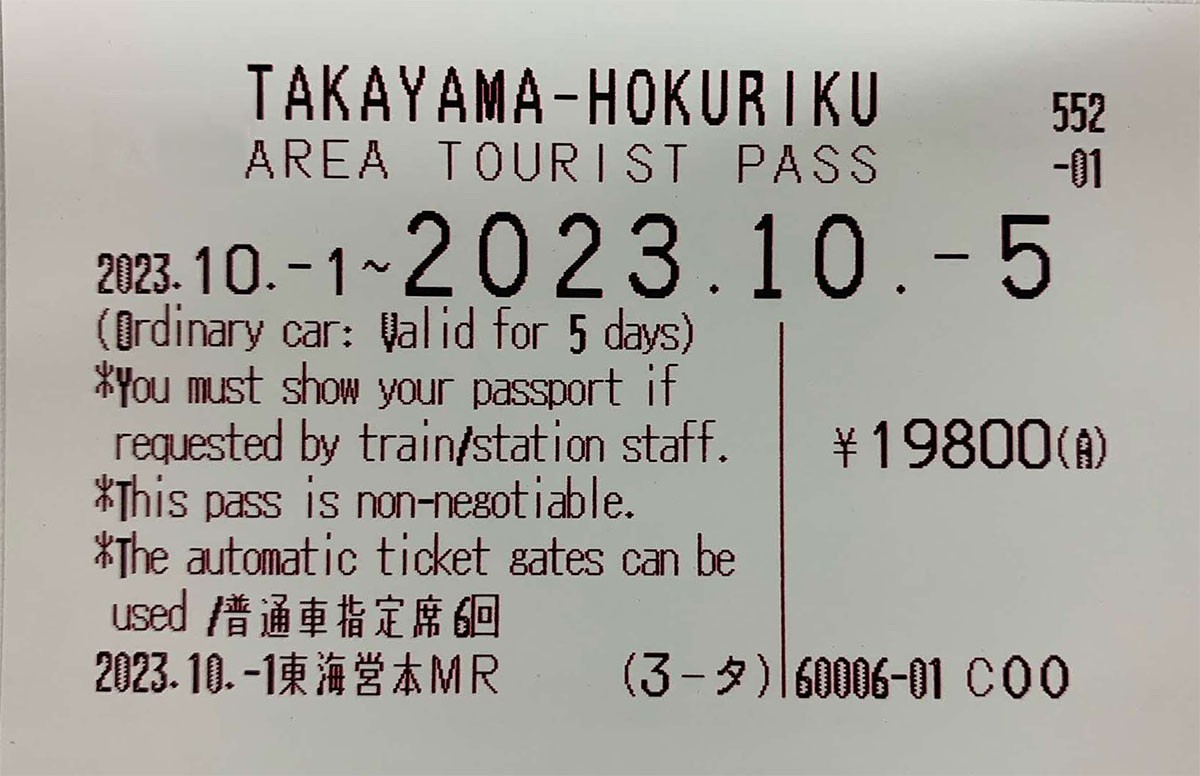
From Nagoya and Osaka, the "Takayama-Hokuriku Area Tourist Pass" connects World Heritage sites such as Shirakawa-go and Gokayama, as well as Kanazawa, Toyama, and Gifu. During the validity period, you can ride as much as you want on JR local lines, limited express trains, Hokuriku Shinkansen, and buses within the tour area. You can use the ordinary car reserved seats of the limited express trains and Hokuriku Shinkansen in the area up to 6 times.
- Official website: https://touristpass.jp/ja/takayama_hokuriku/
How many nights are recommended to fully enjoy the "Shoryudo"?
It is common to tour multiple prefectures on the Shoryudo because there are so many attractions. If you want to have plenty of time for sightseeing, we recommend staying for about 5 to 10 days.
When considering a sightseeing route, it becomes easier to decide if you list the spots you want to visit and write them on a map. It is also recommended to refer to the model courses published on the Shoryudo website.
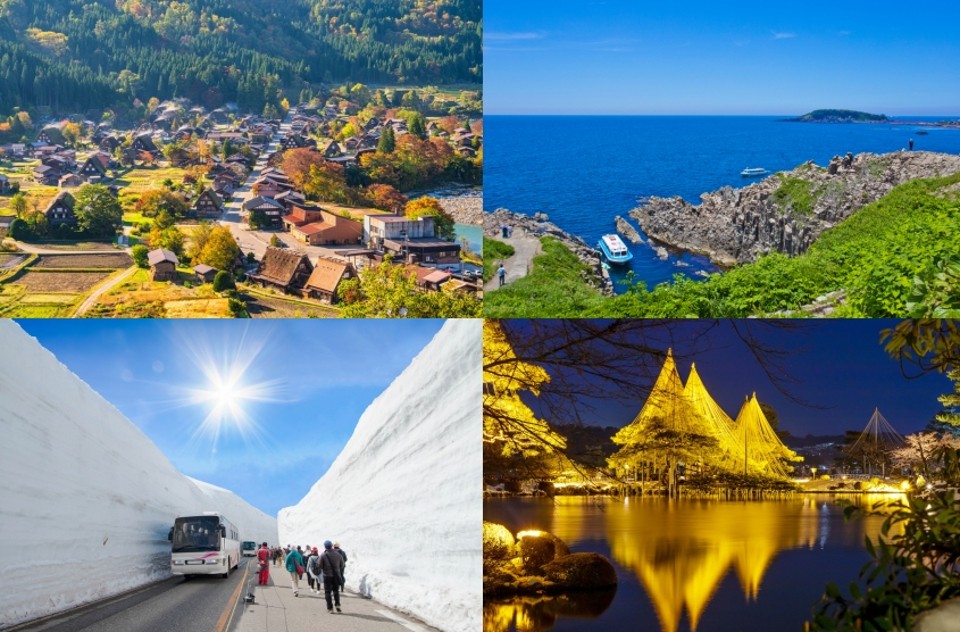
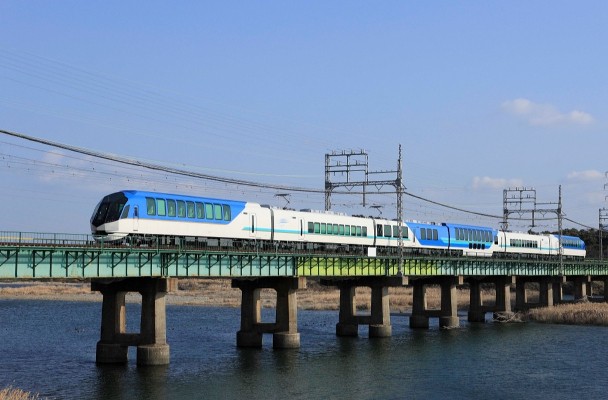
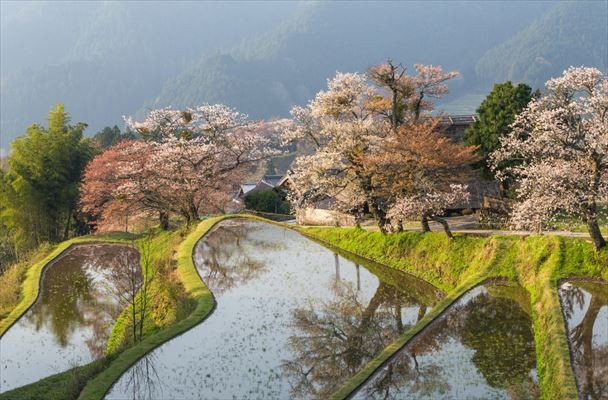



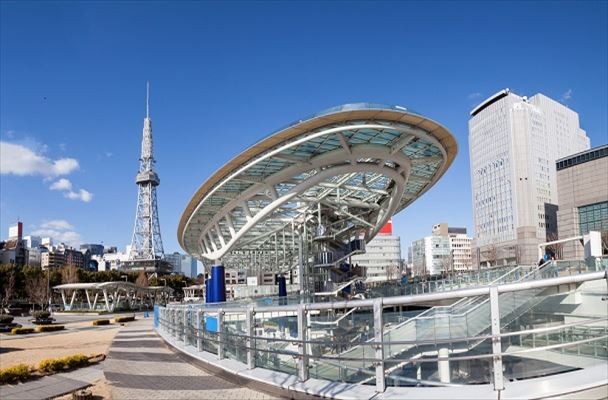
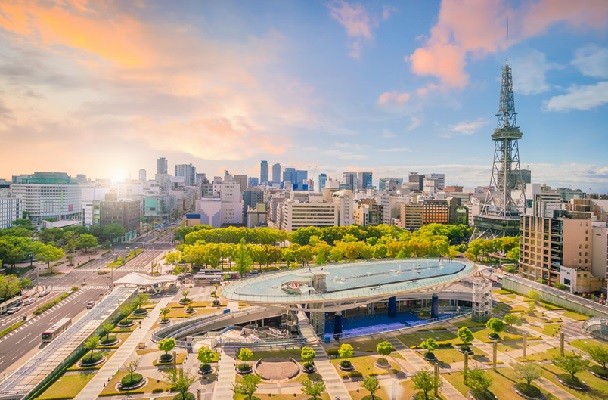
Comments